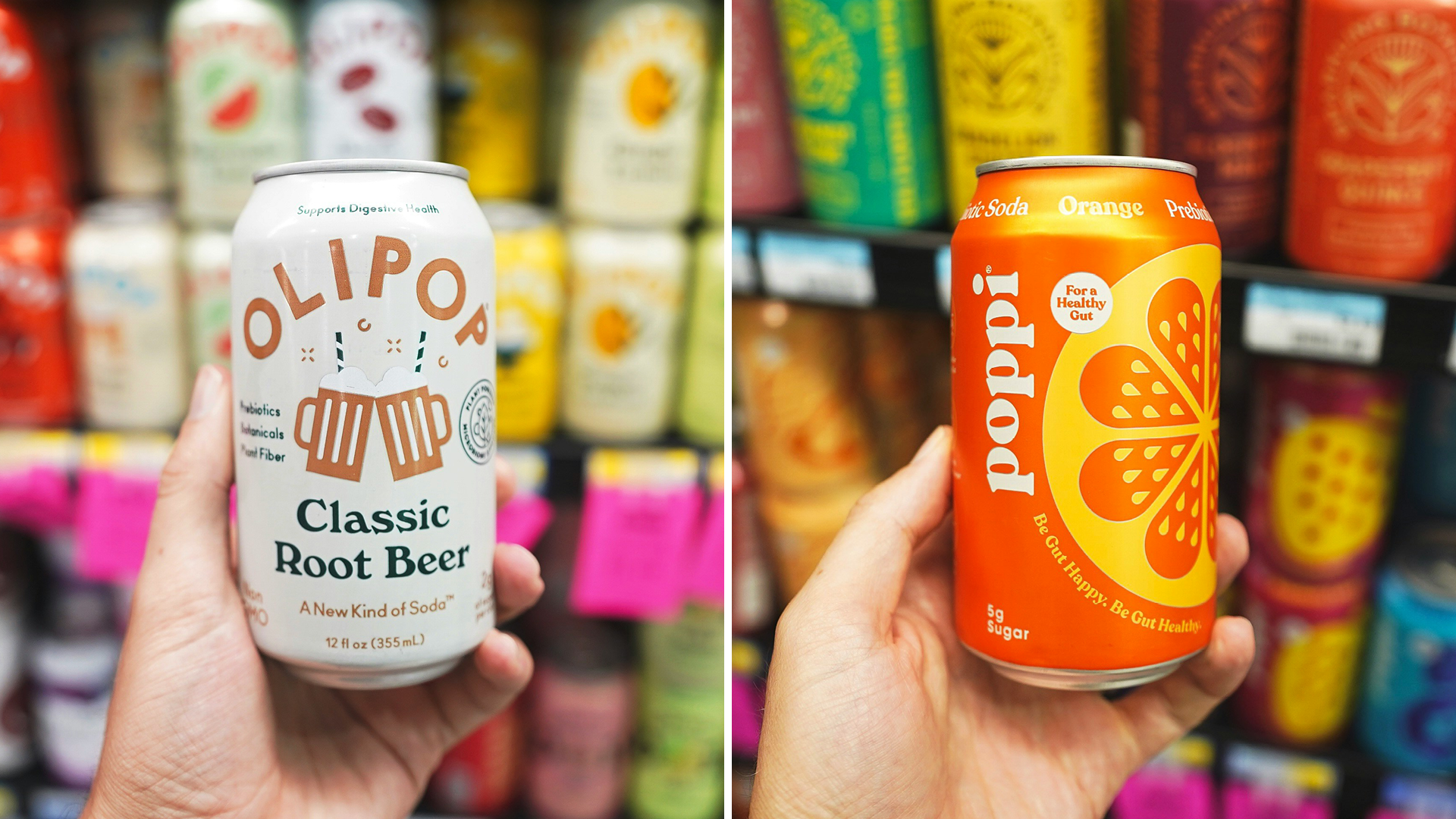Grocery shoppers are gravitating towards more premium products, according to data from IRI.
Unlike the beginning of the pandemic, when consumers raced to stock up on household staples, shoppers are now turning toward specialty items including chocolate, such as Lindt and Ghirardelli, and gourmet pasta sauce brands including Rao’s Homemade and Michaels of Brooklyn. IRI found that consumers are also purchasing more higher-end coffees, cheeses, and frozen entrees instead of value/private-label brands.
Additionally, people are buying more premium wine, beer, and liquor, as well as more items to create restaurant-style meals at home. Brands driving premium acceleration in the alcohol category included premium and emerging hard seltzer and cocktail brands such as Truly, Vizzy, and High Noon.
Sales of premium and superpremium packaged goods grew by 1.7% at retailers year-over-year for the 26 weeks ended Oct. 4, according to the data. The trend has continued and is consistent across households of all income levels, according to Krishnakumar Davey, president of strategic analytics at IRI, reported CNBC (Nov. 12).
“People don’t have that many more avenues to spend, so they do have some money and they are feeding themselves well,” he said. He compared the trend to people treating themselves to little luxuries during a stressful time. Low-income households reported making small indulgent purchases at a similar rate as other households.
To capture premium opportunity, many manufacturers have recently launched new premium products over the last six months. For example, Häagen-Dazs launched Häagen-Dazs Heaven, a light ice cream with fewer calories and no artificial flavors, while Starbucks introduced Starbucks Nitro—cold brew coffee consumers can purchase in a can that is infused with nitrogen bubbles.
The report notes that retailers should drive sales of such premium and super premium products—even in lower income trading areas. It recommends tailoring messaging for premium products and figuring out which attributes resonate with the most valuable shoppers.
Despite the shift, some grocers are bringing back purchase limits on items, reported The Wall Street Journal (Nov. 13). Retailers are now reporting a renewed demand for paper products and frozen foods, with some are reporting new shortages in staple cooking ingredients like butter and spices.
Kroger and Publix both reinstated limits on bath tissue and paper towels, while Kroger also brought back limits on hand soap and disinfectant wipes.
However, retailers have said that hoarding levels won’t come close to where they were in the spring, but they are still looking to lessons learned from the initial months of the pandemic and taking precautionary measures.
In particular, grocers expect cleaning wipes to remain scarce into 2021, and some anticipate a potential resurgence in sales of bleach. Sales of face masks and immunity-boosting products have also started to increase.












